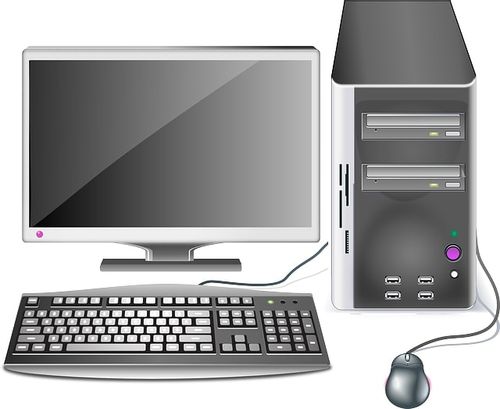💻Computer - History & Generations💻
Early Calculating Devices
Abacus
Abacus was the first calculating device, invented about 5000 years ago by the Chinese.
Napier's Bones
In 1617, a Scottish mathematician. John Napier invented a calculating device called Napier's Bones. It was meant for simple calculations like addition, subtraction, multiplication of numbers.
Pascaline
In 1642, a French mathematician named Blaise Pascal invented the first mechanical computing machine Known as Pascaline. It consisted of a box with movable gears that could add, subtract, multiply and divide the numbers very easily.
Leibniz's Step Reckoner
In 1692, the more advanced calculating machine named Step Reckoner was developed by German mathematician Gottfried Wilhelm (von). It could perform all four basic mathematical operations.
Babbage's Analytical Engine
In 1822, a mathematics professor of Combridge University, England, Charles Babbage developed a machine known as Difference Engine. It could perform mathematical operations automatically. In 1833, Babbage had a better idea, and he stopped working on difference Engine and started designing another machine called Analytical Engine.
Tabulating Machine
In 1890, Herman Hallerith on army engineer invented a tabulating machine. The use of the tabulating machine was so successful that Hollerith formed a company that later became famous as the International Business Machine or IBM.
The First Electro-Machanical Computer Mask 1
In 1944, Prof. Howard Aiken built the first Electro-Machanical Computer named Mask 1. It was 51 feet long, weighed 5 tons.
The First Electronic Computer. Eniac and Univac.
John Mauchly and John Presper Ecker together built the first successful electronic digital computer known as ENIAC. In 1951, John Mauchly and John Presper Eckert developed another successful computer known as UNIVAC
Personal Computer
In 1981, IBM introduced its first Personal Computer (PC) and in 1984, they introduced the avanced version of the personal computer called PC-AT (Avanced Technology). These computers were smaller in size, faster in speed, more accurate, and more reliable.
Generations of Computer
The growth of computer took place in five distinct phases called computer Generations. The different computer generations are categorized according to their technology of basic computing elements.
The First Generations Computers (1946-1958)
They Used Vacuum tube technology.
Secund Generation Computers (1959-1964)
They used transistors
Third Generation Computers (1965-1970)
They used integrated circuits (ICs)
Fourth Generation Computers (1971 onwards)
They use Microprocessor
Fifth Generation Computers (Present and Beyond)
- They will have Artificial Intelligence.
- They will be able to recognize images and graphs.

Comentarios
Publicar un comentario